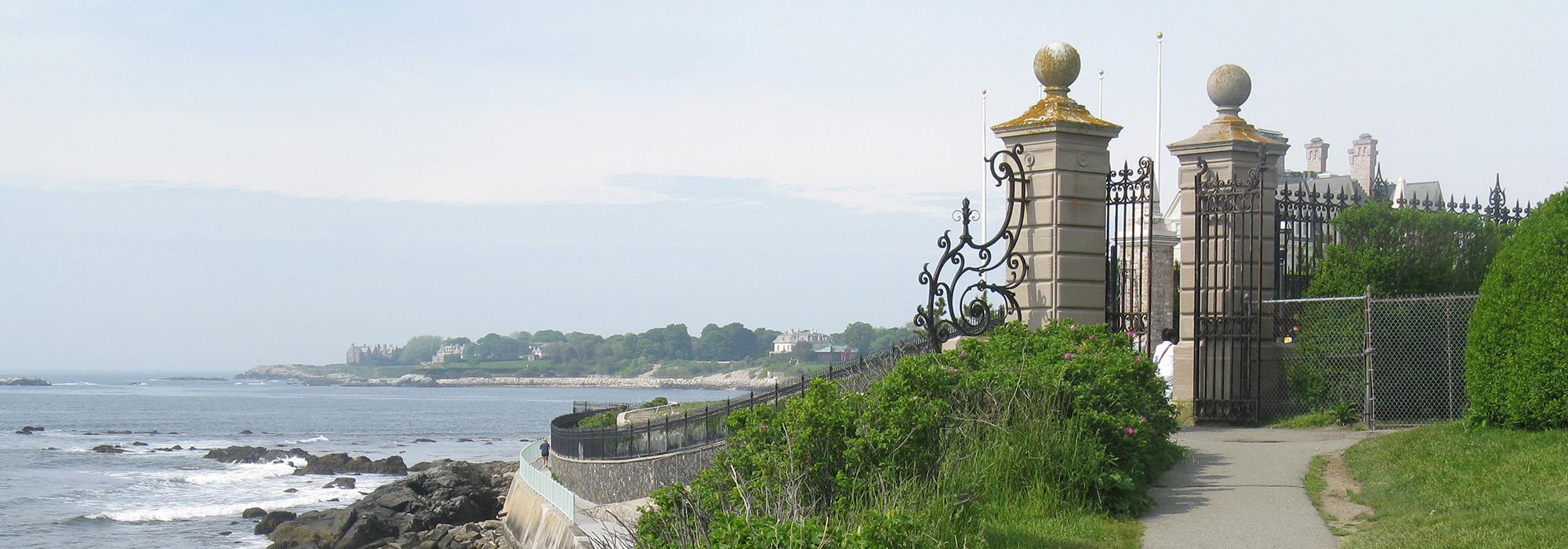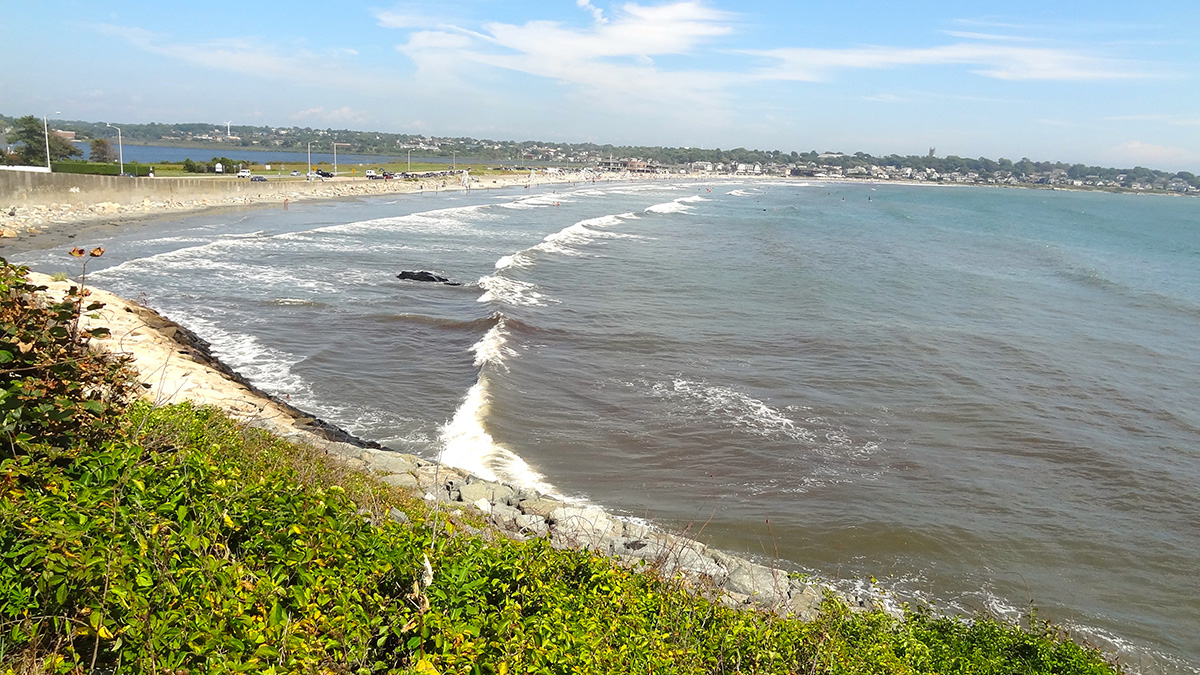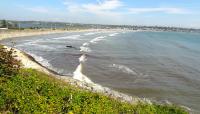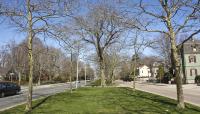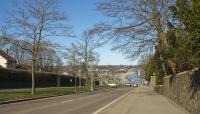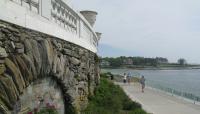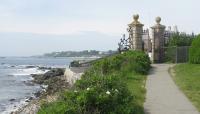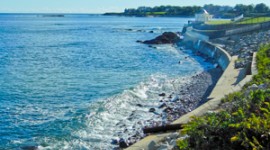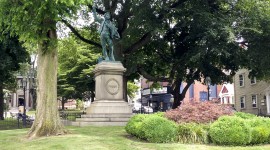Landscape Information
In August 1913 Frederick Law Olmsted, Jr., submitted a report to the Newport Improvement Association, titled Proposed Improvements to Newport. Olmsted, Jr., observed the unique aesthetics and scale of historic Newport, remarking on its charming yet dilapidated historic dwellings, the inconvenience of its crooked narrow streets, and the contrasting ostentation of its oversized mansions.
The younger Olmsted’s report built upon the significant planning previously commenced in this multilayered community by his father and brother. Although the firm of F.L. and J.C. Olmsted had already shaped substantial residential grounds for some of Newport's notables, beginning in the early 1880s, their most important commissions were for development conglomerates, such as the Newport Land Trust and others, adapting vast acreage on Aquidneck Island into residential enclaves. Well-drained roads curving around the boulder-strewn terrain provided access to distinctively designed lots, each shaped to capture scenery of ocean or bay or the rugged windswept moors. Their planning was ever respectful of Newport’s natural assets of distinctive topography, scenic shoreline, and abundant native coastal plantings. Prior to Olmsted, Jr’s involvement Olmsted, Olmsted and Eliot had prepared plans for such public landscapes as The Mall, Morton Park, and Leamington Beach.
The primary focus of Olmsted, Jr.’s, subsequent planning and design recommendations was to enhance the existing setting and characteristics. He emphasized the natural assets of the island’s distant and borrowed views shaped by its topography, leading to targeted design recommendations for Ocean Drive, Cliff Walk, Easton Beach, Wellington Avenue, King Park, and Washington Street. Secondly, recognizing the need to safeguard scenery found throughout the city’s tree-lined streets, estate grounds and villas, public and private gardens, and parks, Olmsted, Jr., recommended building codes and street improvements. He viewed the city as a dynamic cultural landscape—offering a revolutionary, holistic approach to its natural, scenic, and cultural attributes—all while preserving and protecting its unique scale and the individuality of its extant resources (buildings, streetscapes, and landscapes).



